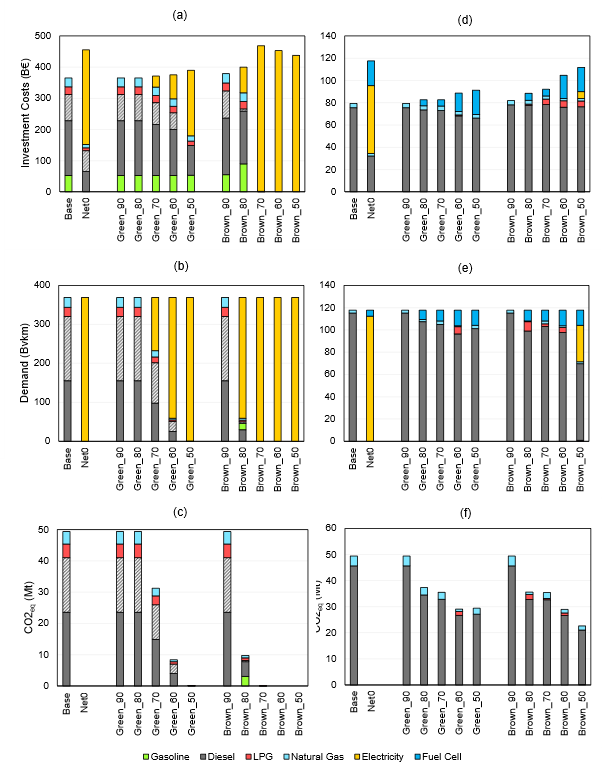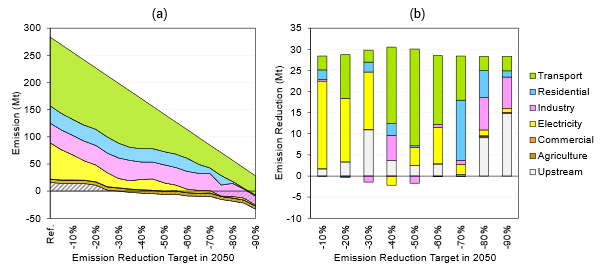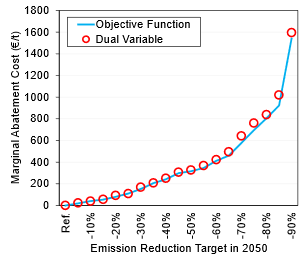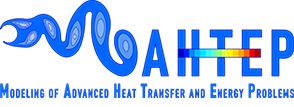The economics of the energy transition
Evaluating the impact of hurdle rates on the Italian energy transition through TEMOA
Technology-specific hurdle rates significantly influence capital expenditures for deploying new technologies in the energy system, yet their definition in energy system optimization models often lacks a solid evaluation basis. This is crucial for providing relevant policy insights on clean finance investments. To address this gap, this paper introduces a framework for evaluating the impact of green finance measures on the future evolution of energy systems. Using the weighted average cost of capital methodology and recent literature [1], [2], we robustly evaluate hurdle rates and explore their sensitivity by assessing the impact of reduced hurdle rates for green technologies on the cost of the energy transition through TEMOA-Italy. We differentiate hurdle rates for green and brown technologies to measure their potential to encourage low-carbon investments. Green scenarios implement a reduction of hurdle rates for green technologies, while brown scenarios also assume an increase in the hurdle rates of brown technologies. More details are available at [3]. The findings (see Figure 1 for an example on cars and trucks) indicate that reducing hurdle rates for green technologies results in relatively low potential savings for the energy transition cost. Additionally, a 2÷3% difference in hurdle rates is required to shift competitiveness from brown to green technologies, exceeding the realistic impact of green finance measures like the EU Taxonomy for Sustainable Activities (estimated at around 1%). Therefore, green finance schemes should be combined with other strategic measures to fully support the energy transition.

Figure 1. Variation in the TEMOA-Italy results for cars (a,b,c) and trucks (d,e,f) by varying hurdle rates assumptions.
Evaluation of marginal and average sectorial GHGs emissions abatement costs using an open-source energy system optimization model: the Italian case study
To achieve the goal of transforming Europe into a carbon-neutral continent by 2050, it is essential that emission reduction efforts are supported by well-informed decision-making processes and models. We propose a methodology to evaluate the curves of the marginal GHGs abatement cost through energy system optimization models [4]. The analysis is performed by comparing the marginal cost associated with progressively stricter decarbonization pathways from 2020 to 2050 with the emission reduction benefit (see Figure 2). Moreover, average sectorial and sub-sectorial abatement costs are computed to assess the role of different sectors and technologies in the decarbonization process. In the light of its international commitment towards GHGs emission reduction, the selected case study is the Italian energy system, being Italy one of the largest emitting countries in Europe. The maximum marginal cost associated with the 90% emission reduction target in 2050 with respect to the reference scenario is approximately 1600 €/t, as shown in Figure 3. From our findings, the power sector turns out to be the cheapest sector to decarbonize (~ 170 €/t), while the industrial sector is the most expensive (~ 620 €/t). The values obtained for the abatement cost suggest that a carbon tax around 160 €/t would be sufficient to strongly reduce the emissions from the Italian energy system.

Figure 2. Sectorial breakdown of cumulative and ER target in 2050 (a) and sectorial breakdown of the emission reduction in 2050 for each scenario with respect to the previous one (b).

Figure 3. Marginal abatement cost curve.
References
- S. Laera, G. Colucci, V. Di Cosmo, D. Lerede, M. Nicoli, and L. Savoldi, “Technology-specific hurdle rates for Energy System Optimization Models,” Energy Proceedings, vol. 39, 2024, doi: 10.46855/energy-proceedings-10911.
- S. Laera, “Development of a methodology to evaluate technology-specific discount rates for energy system optimization models,” Politecnico di Torino, 2023. Accessed: Sep. 07, 2023. [Online]. Available: https://webthesis.biblio.polito.it/27422/
- M. Nicoli, G. Colucci, V. Di Cosmo, D. Lerede, and L. Savoldi, “Evaluating the impact of hurdle rates on the Italian energy transition through TEMOA,” Appl Energy, vol. 377PC, no. 124633, 2024, doi: 10.1016/j.apenergy.2024.124633.
- M. Nicoli et al., “Evaluation of marginal and average sectorial GHGs emissions abatement costs using an open-source energy system optimization model: the Italian case study,” Under Review for Publication on Applied Energy.

